Imagine if you never brushed your teeth or had them cleaned. Pretty scary, right? As you can guess, things would eventually start to go very, very bad inside your mouth: teeth would decay, gums would become inflamed and infected. Bacteria from those rotting teeth would eventually travel into your bloodstream and could cause other serious health problems. And we haven’t even mentioned the daily, debilitating pain.
It’s the same scenario for your dog or cat. In fact, if your pet is over three, chances are they already have some symptoms of periodontal disease. By far the most important preventative dental healthcare tool for pet owners is a toothbrush. Any of our veterinary care professionals can show you how to brush your pet’s teeth, and below are a few helpful tips to get you started.
- Get comfortable. Instead of standing over your dog or cat, try kneeling or sitting in front of him or her or even with them upside down in your lap. Plan to spend at least 30 minutes each day, over a week’s time, acclimating your pet to teeth brushing and during each brushing session. In addition, have plenty of their favorite treats on hand so you can reward them every step of the way of this new experience.
- Use a toothbrush and toothpaste made for pets. Human toothpaste can contain ingredients like fluoride or xylitol that can be toxic to pets. Finger brushes work well for smaller dogs and cats; you’ll need a larger brush with a handle for big dogs. You may also need to start with gauze or another material that has a bit of a rough surface before introducing a finger or toothbrush, with or without toothpaste. It’s no problem if your pet doesn’t seem to like the toothpaste flavor, brushing without toothpaste has been found to be just as effective!
- Go slow at first. Start by slowly massaging the lower jaw and chin with your hand. Once he or she seems comfortable with touch around the mouth, it’s ok to touch the lips. Practice lifting your pet’s lip to see their teeth and reward with praise and treats. Over the course of several days, repeat the slow massage, lip touching, lip lifting, and touching the teeth without actually rubbing them. Once comfortable with those four steps, move on to carefully rubbing the teeth with your bare finger, again rewarding with treats and praise. Before using a toothbrush, let your pet lick some of the toothpaste off your finger or the brush.
- Brushing success. Brush teeth and gums gently. Focus first on the tooth surfaces that face each cheek as these are the most prone to plaque and tartar buildup. Once you’re confident that the outer teeth surfaces are clean, gently and carefully open the mouth and brush the inside teeth surfaces. When finished, offer lots of praise and more treats! Getting your pet used to brushing will take multiple sessions, so be patient. Your pet’s gums may bleed a little at first, but it’s not an emergency unless the bleeding doesn’t stop.
Starting a brushing program can be intimidating, but it is possible and can save your pet the pain of disease and save your pocketbook from the cost of frequent cleanings if you are able to make this part of your routine. Give us a call at 630-598-0600 if you’d like more information about or a demonstration of how to brush your pet’s teeth!
